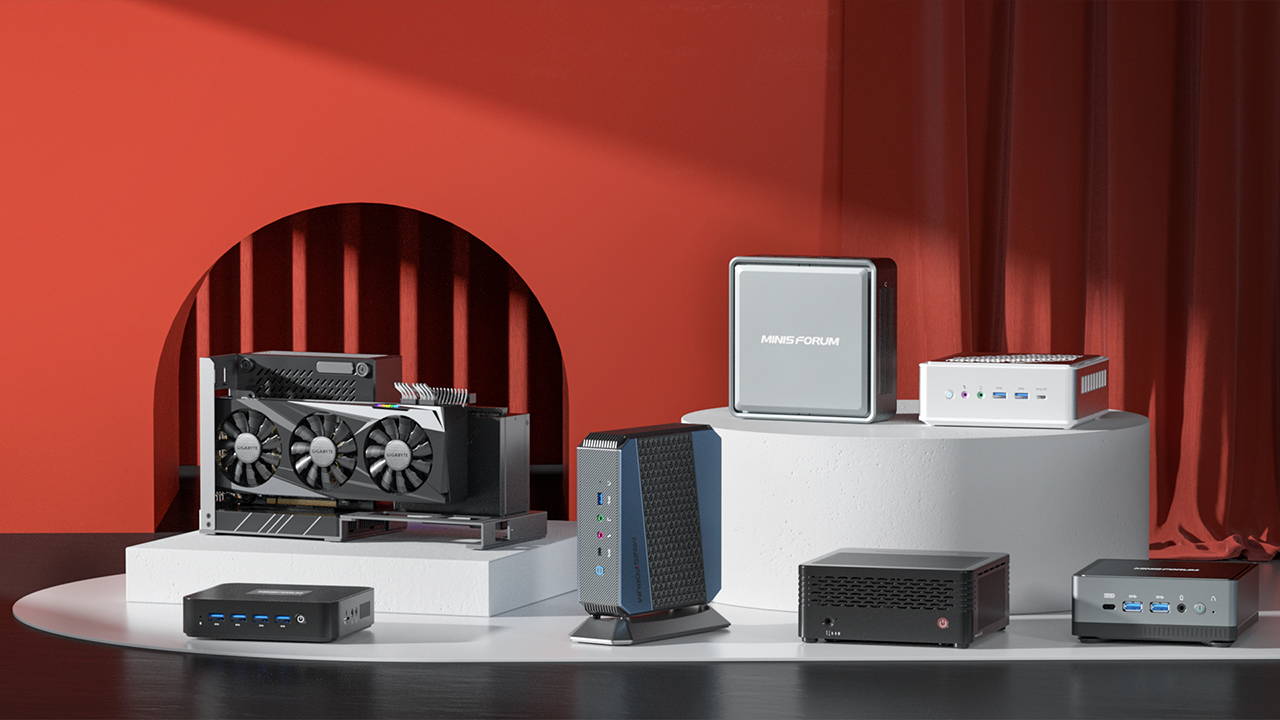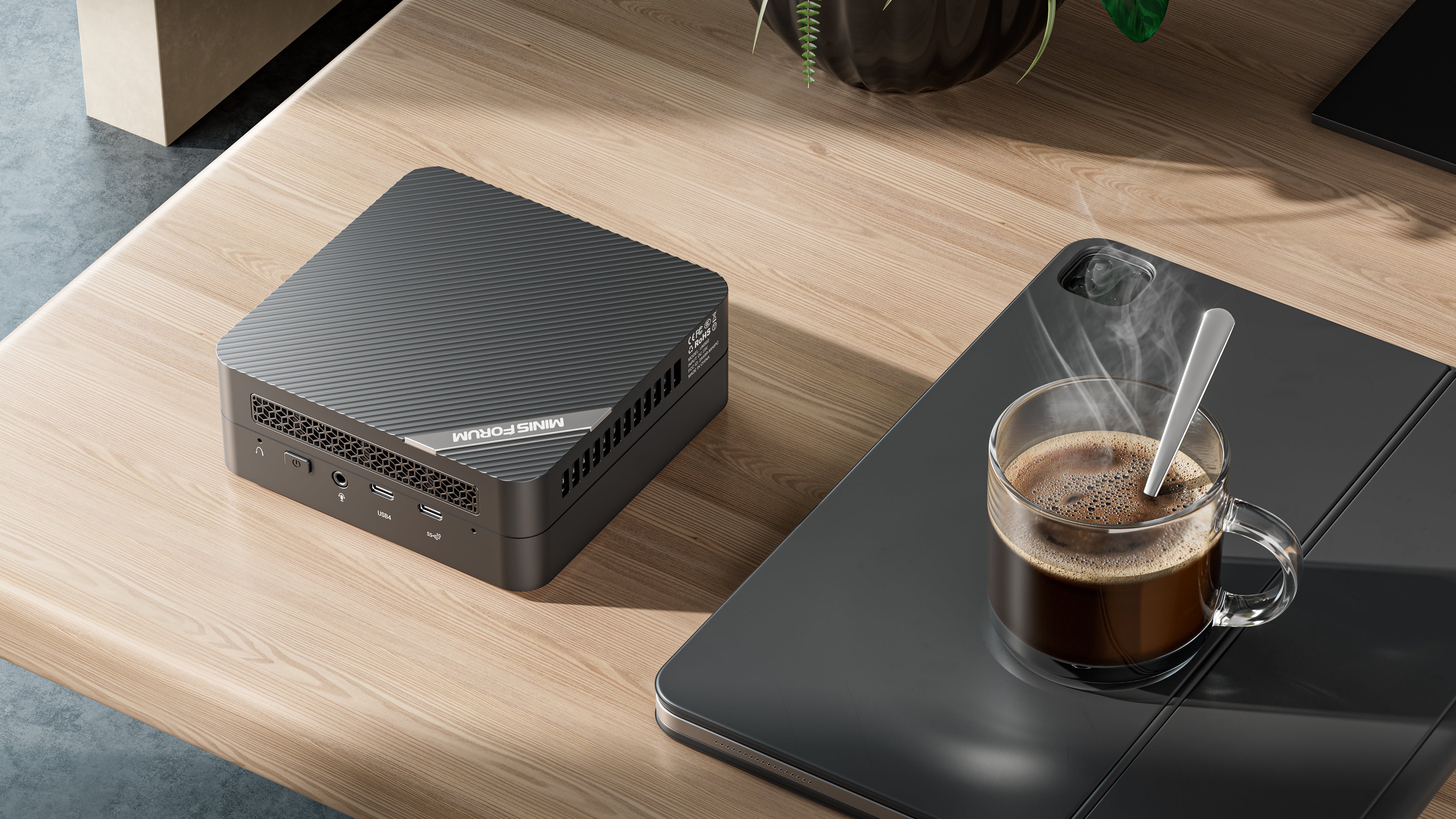1. What is HDR in Windows?
HDR, or High Dynamic Range, is a technology that expands the color gamut and contrast ratio of video displays. It provides users with more dynamic images and quality for a better viewing experience.
In short, HDR looks way better and realistic. That's where HDR comes in.
(Image credit: Techradar)
2. How to check If HDR is supported on a Windows 10/11 PC?
HDR requires all the components on your pc need to be HDR-ready.
That means your Windows 10/11 device needs to have an integrated graphics with PlayReady support (for protected HDR content). And it must have the required codecs installed for 10-bit video decoding.
The HDR-capable MINISFORUM models are: HX90,HM90,NUCXI7,HX99G and NAD9.
(More testing is undergoing...will keep updated)
As for the display requirements (Windows 10 version 1803 or later), please refer to the following information:
>>Built-in displays
The built-in display needs to have a resolution of 1080p or more, and a recommended max brightness of 300 nits or more.
>>External display
The HDR display or TV must support HDR10, DisplayPort 1.4, HDMI 2.0 or higher, USB-C, or Thunderbolt. DisplayHDR certified devices are recommended.
3. How to enable HDR settings?
If your PC and display support HDR, turn it on to get started.
- Enter Windows settings > System > Display.
- If you have multiple displays connected to your PC, choose the HDR-capable display at the top.
- Turn on Use HDR.
Congrats, you are now able to enjoy brighter highlights, better contrast and deeper viewing!
Read more:





Leave a comment
All comments are moderated before being published.
This site is protected by hCaptcha and the hCaptcha Privacy Policy and Terms of Service apply.